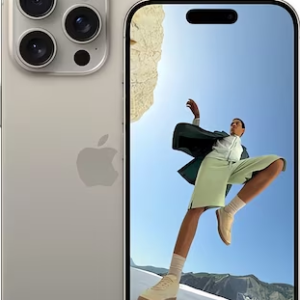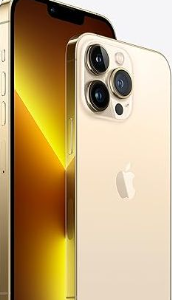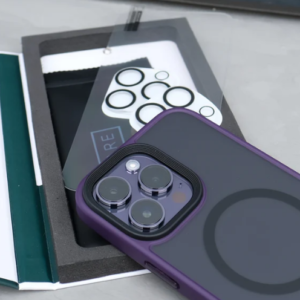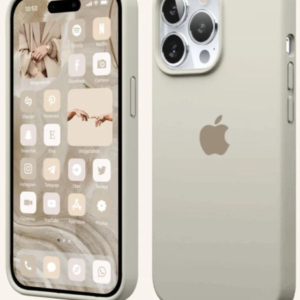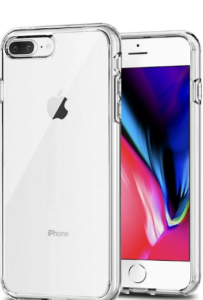
iPhone 8 Plus: A Classic Powerhouse in Apple’s Lineup
The iPhone 8 Plus remains a testament to Apple’s innovation and design philosophy, offering a balance of performance and aesthetics that appeals to a broad range of users. Launched in September 2017, the device stood out as a significant step forward, blending classic features with cutting-edge technology.
Design and Display
The iPhone 8 Plus features a sleek glass back design, enabling wireless charging—a first for Apple devices. Its 5.5-inch Retina HD display with True Tone technology adjusts the screen’s color temperature based on ambient lighting, delivering a comfortable viewing experience.
Performance
Powered by the A11 Bionic chip, the iPhone 8 Plus was a powerhouse for its time. The six-core CPU and three-core GPU provided seamless multitasking, fast app performance, and the ability to handle graphically intensive tasks, making it ideal for gaming and productivity alike.
Camera Capabilities
Photography was a standout feature of the iPhone 8 Plus. Its dual 12MP cameras introduced Portrait Mode with advanced lighting effects, allowing users to take studio-quality portraits. The addition of optical image stabilization ensured sharp, clear images even in low light conditions.
Software and Longevity
Running iOS, the iPhone 8 Plus continues to receive updates, ensuring it remains relevant years after its launch. Its robust hardware and software integration provide a smooth user experience, from browsing to gaming.
Wireless Charging and Battery Life
The iPhone 8 Plus introduced wireless charging using the Qi standard, simplifying how users power their devices. Its battery life is reliable, offering up to 14 hours of talk time or 13 hours of video playback.
The iPhone 8 Plus remains a cherished choice for users seeking a blend of traditional design with modern features. Its enduring performance and compatibility with Apple’s ecosystem make it a valuable device, even in today’s ever-evolving smartphone market.
Would you like a specific focus for this article, such as comparing it to newer models or highlighting user experiences
